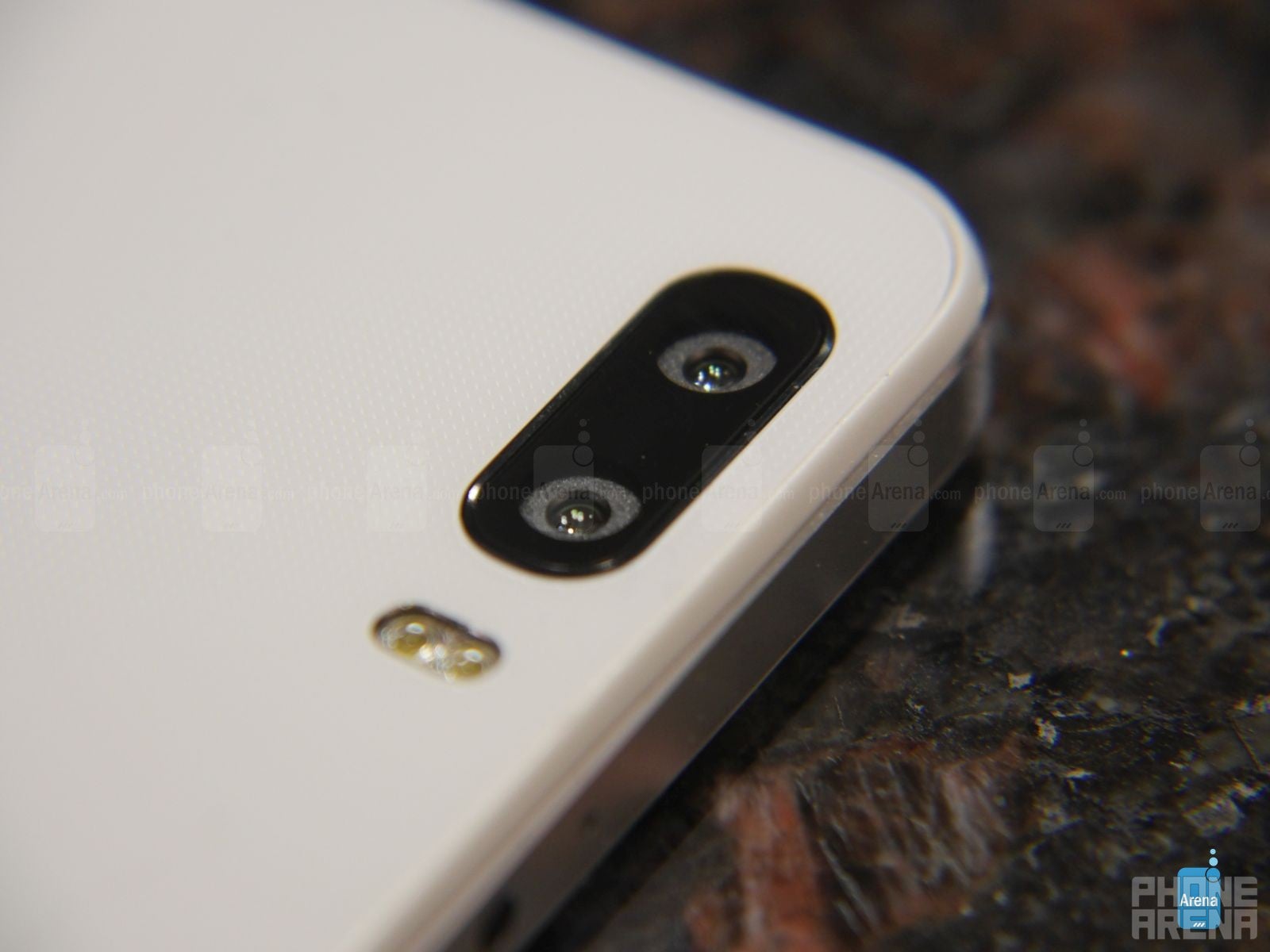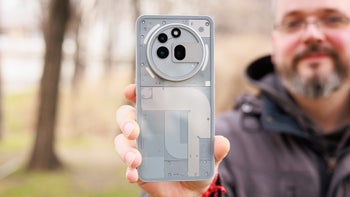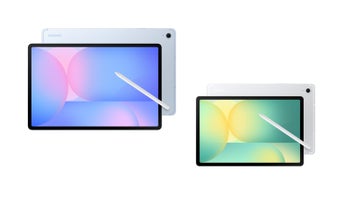The battle of the bokeh cameras: Huawei Honor 6 Plus versus HTC One M8

HTC proposed a radical idea pertaining to smartphone cameras when the HTC One M8 was announced last year, bringing on a brand spanking new version of its popular “Ultrapixel" camera. That radical idea came in the form of a second camera lens, which allowed the beloved phone to emphasize the focus to a specific area – while giving the rest of the surrounding area that cool out of focus, or bokeh effect. All told, even though some folks didn’t find the HTC One M8’s still image quality to be superior or on the same level as some of its peers, the bokeh effect definitely added something new to the mix that we otherwise don’t see.
Since the M8’s release, many other smartphones followed the trend by offering a similar function. For example, the Samsung Galaxy S5 and Note 4 both feature “selective focus” modes, which allow their single camera lenses to adjust the focus level post shot. At times the process is an effective one, but it’s still not quite as adept as HTC’s execution. Well, the HTC One M8 isn’t the only phone in the market to wield dual-cameras to give it that cool, very profound bokeh effect, since we now have a formidable contender in our possession – the Huawei Honor 6 Plus.

You control the aperture via a slider that allows you to select various levels in-between, and you get a live view of the change in depth of field (more bokeh for wide apertures, and a flatter-looking shot for narrower apertures). Even better, you can select the focus and the aperture of an image after you have already captured it, practically, the same effect as on a Lytro camera. The technical setup behind this includes two precisely aligned cameras on the back of the phone. Both feature 8-megapixel sensors, but the main one is an auto-focus cam with f/2.0 aperture, while the secondary one comes with an f/2.4 lens and fixed focus. As you can see, there is no physical variability in the apertures – the effect is purely software-based.
In order to achieve it, Huawei uses a powerful ISP with a 'triple IE' (3IE) graphics engine that the company says it has been working on for some two years. What the two cameras do is obvious – the fixed focus one captures a flat image with very little depth, while the secondary one can focus on nearby objects (something impossible for a fixed focus-only shooter). Also, Huawei can use different exposures on these two cameras – a short exposure and a long exposure, for a more dynamic image. Naturally, this also means that the Honor 6 Plus can capture HDR images faster as an HDR image on it requires just one closure of the shutters rather than multiple snaps.
Ultimately, it’s more fun shooting photos with the Huawei Honor 6 Plus than the HTC One M8. Not only is the bokeh effect more pronounced, but being able to adjust the effect pre-shot is so much more valuable. One of our main issues with the HTC One M8’s operation is that we need to preview the captured image in the gallery before we’re able to play around with the “uFocus” effect. And from there, we have to save the result as a new image – so it’s simply just easier to do with the Huawei Honor 6 Plus. Trust us, too, when we say that the Huawei Honor 6 Plus delivers incredible shots that can sometimes be mistaken for images captured by some DSLRs.
Not impressed yet? Well then, check out the video below to see the Huawei Honor 6 Plus in action!














Things that are NOT allowed: